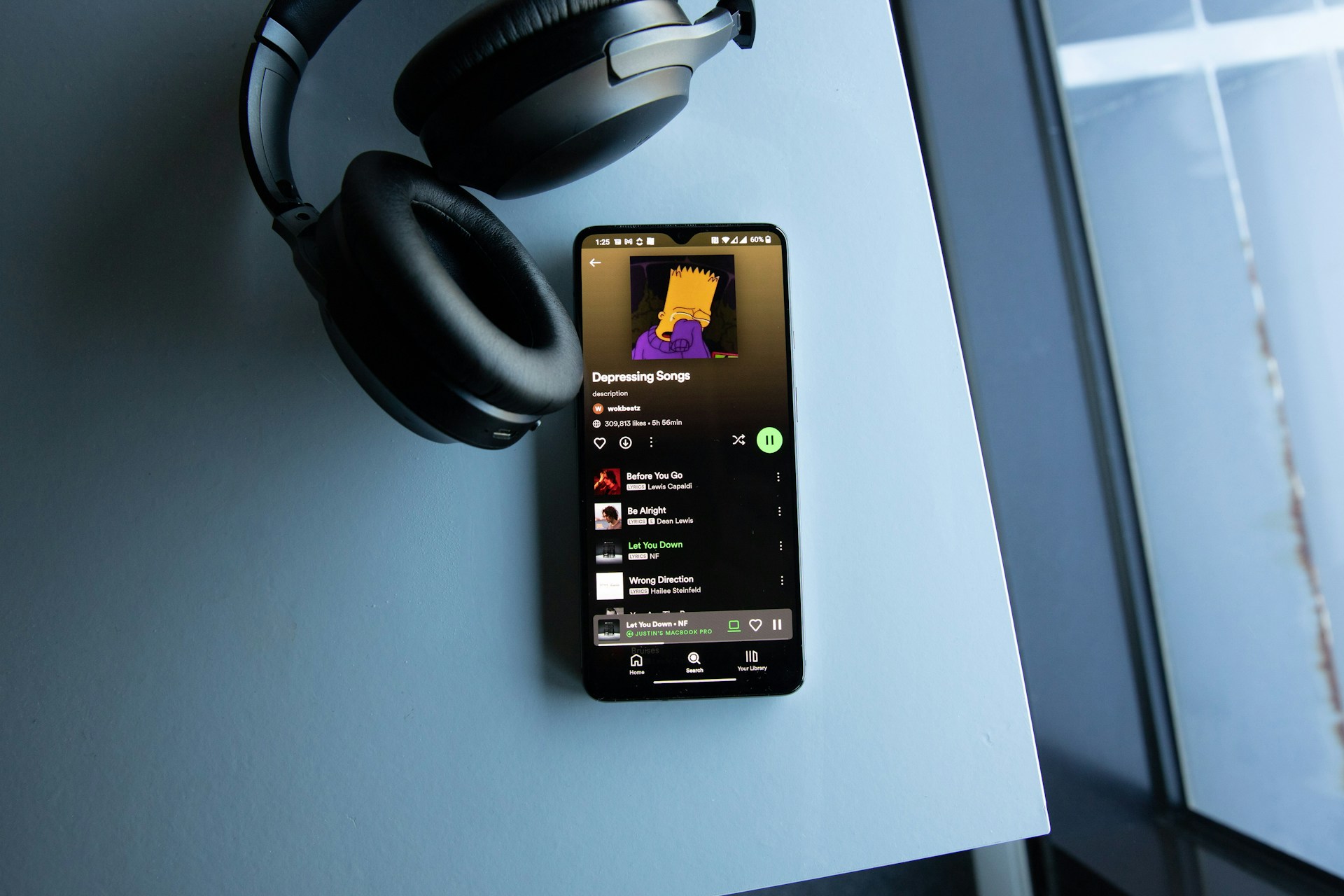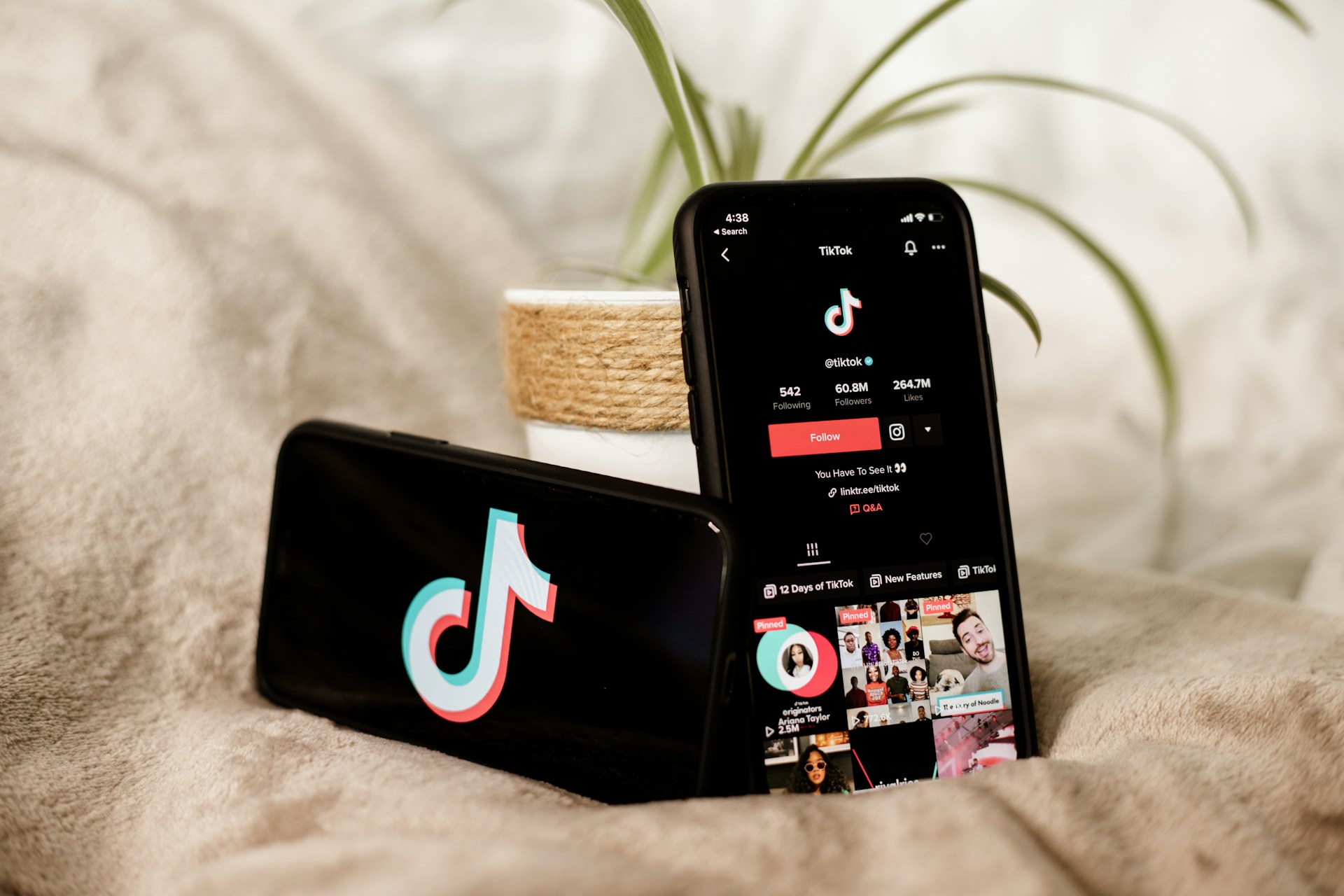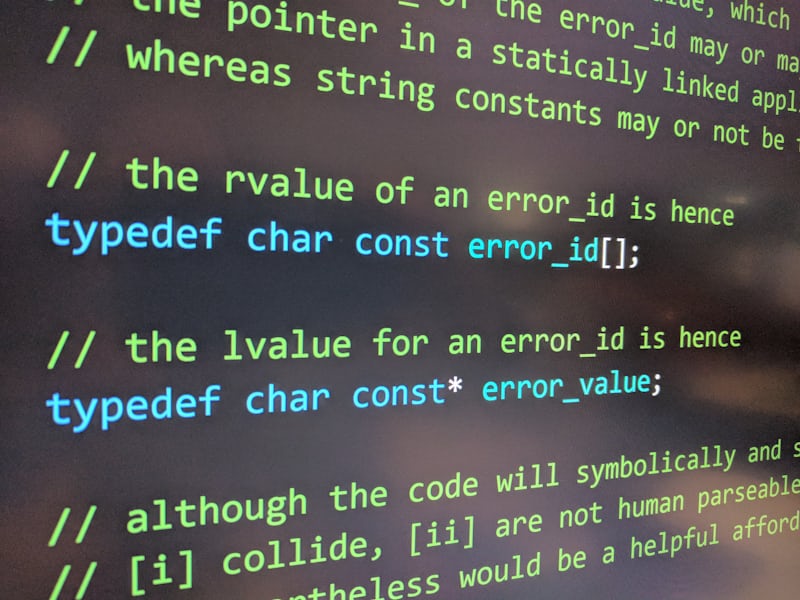
Introduction
Choosing a music app is less about brand loyalty and more about fit. Do you want deep, evergreen playlists built over years, or do you want instant access to official tracks plus the massive universe of video‑first music? Spotify is a curator’s playground: collaborative playlists, social features, and time‑tested discovery. YouTube Music is a completist’s dream: official albums, remixes, live sessions, and video tie‑ins all in one place. Both let you download, both work on the big devices, and both sound good enough for most ears. This guide compares the everyday experience—discovery, library quirks, podcasts, video moments, and value—and ends with a step‑by‑step plan to make a clean decision and migrate without losing your favorites.
Quick verdict by listener type
-
The playlist builder: Likely Spotify—collaboration, social cues, and mature discovery tools.
-
The video‑native fan: Likely YouTube Music—official tracks plus videos, live cuts, and niche uploads.
-
The podcast‑forward user: Spotify’s in‑app podcast experience may feel more integrated.
-
The casual listener: Either works—pick the one your friends use for easier sharing.
Discovery & personalization
Spotify popularized mixes that evolve with your taste, and its radio features turn a single song into long sessions that actually match your vibe. YouTube Music benefits from the wider YouTube ecosystem: a song can lead to a performance, a behind‑the‑scenes clip, or a hard‑to‑find fan recording—all feeding recommendations. Both improve as you like, add, and finish tracks. To speed training, set aside one “onboarding hour” where you only play songs you love and actively thumbs‑up.
Library management & uploads
If you’re coming from a folder of MP3s or rare recordings, check how each app treats personal uploads and how they mix with streaming catalogs. Aim for one library that doesn’t hide your own tracks. Keep naming consistent (Artist — Song — Version) so finding the right cut is easy.
Sound quality & devices
Both offer high‑quality streaming options and offline downloads. For most listeners on consumer headphones or speakers in normal environments, the difference is academic; consistent bitrates and stable connections matter more than marketing labels. Your bigger win is picking good headphones, turning off loudness normalization when you want dynamics, and avoiding Bluetooth bottlenecks on older devices.
Social & sharing
Spotify makes it simple to build collaborative playlists for trips, parties, or workouts. YouTube Music shares well inside the YouTube world and inherits the platform’s massive audience for official videos. If your friend group leans strongly one way, that may trump small feature differences.
Podcasts & video
If you want podcasts in the same app as your music with robust controls, Spotify is a comfortable bet. If you’re a “watch the music” person—live sets, official videos, lyric videos—YouTube Music’s native video toggle can be delightful: one tap flips a song into the performance that made you love it.
Pricing & bundles
Plans vary by region, student/family options, and occasional bundles. Ignore cents‑level differences and decide based on experience. If you already use premium video services from the YouTube ecosystem, that can tip the scales.
The commitment plan (so you actually decide)
-
Set a 14‑day trial window. Use one app exclusively.
-
Seed the library. Add 100 favorites across genres.
-
Train the algorithm. Hit like/dislike, finish tracks, and build two playlists (focus + party).
-
Device test. Try phone, laptop, car, smart speaker.
-
Make the call. Which app did you open without thinking? That’s your answer.
-
Migrate playlists. Use a reputable transfer tool to move essentials; keep it tidy.
-
Close the loop. Cancel the other sub; archive the app to remove temptation.
Long‑term care & feeding
-
Quarterly pruning: Merge duplicate playlists; delete “maybe” lists you never play.
-
Theme packs: Create seasonal sets (spring runs, summer road trips).
-
Discovery hour: Once a week, play only new releases or algorithm picks; keep the 10% that spark joy.
Bottom line: The best service is the one you use. Make a decision, transfer your essentials, and lean into the ecosystem so the recommendations learn you.

